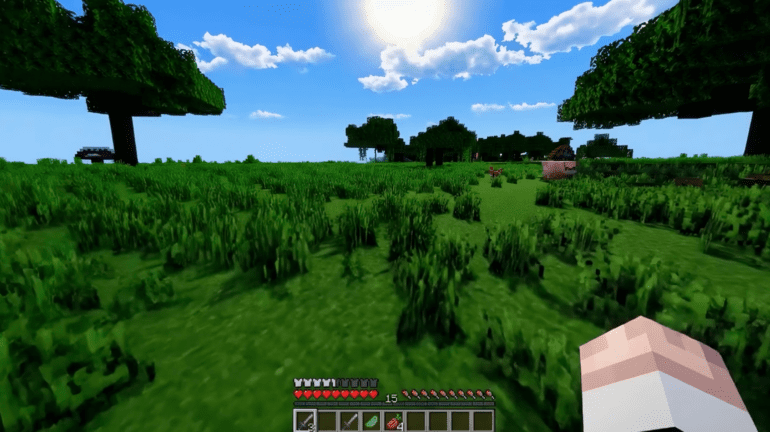TL;DR:
- OpenAI’s Sora model showcases impressive cinematographic abilities beyond initial expectations.
- Sora can generate videos up to 1080p resolution, perform various editing tasks, and simulate digital worlds like Minecraft.
- It functions as a data-driven physics engine, accurately rendering virtual environments based on calculations.
- Despite limitations in simulating complex interactions, Sora’s potential for procedurally generating photorealistic games from text descriptions is groundbreaking.
- OpenAI’s selective access program reflects awareness of potential misuse, particularly concerning deepfakes.
Main AI News:
OpenAI’s groundbreaking video-generating model, Sora, has demonstrated its prowess in cinematography, showcasing remarkable capabilities beyond initial expectations, as detailed in a recent technical publication. Authored by a team of OpenAI researchers, the paper delves into Sora’s architecture, unveiling its capacity to generate videos of varying resolutions and aspect ratios, reaching up to 1080p. Moreover, Sora exhibits versatility in image and video editing, adept at tasks ranging from crafting looping sequences to temporal extensions and background alterations within existing footage.
Of particular interest is Sora’s proficiency in simulating digital environments, a feat underscored by its ability to recreate a Minecraft-like setting complete with a corresponding user interface and game mechanics. Leveraging prompts related to “Minecraft,” Sora effectively generates dynamic gameplay scenarios, including physics simulations, while controlling the in-game avatar. This functionality is attributed to Sora’s characterization as a data-driven physics engine, prioritizing accurate environmental interactions and consequent renderings.
According to senior Nvidia researcher Jim Fan, Sora transcends traditional generative models, embodying a sophisticated approach akin to a comprehensive simulator. By meticulously calculating the physics of virtual objects and scenes, Sora transcends mere visual generation, offering insights into the potential of scalable video models for simulating complex real and digital worlds.
However, Sora exhibits limitations, particularly in simulating intricate phenomena such as glass shattering and occasional inconsistencies in rendering interactions, like omitting bite marks when depicting a person eating. Nonetheless, the implications of Sora’s capabilities are profound, hinting at the prospect of procedurally generated games approaching photorealism solely from textual inputs. While this advancement is met with excitement, the potential misuse, notably in the realm of deepfakes, underscores the need for cautious deployment, reflected in OpenAI’s selective access program for Sora.
The ongoing evolution of Sora prompts anticipation for further revelations, driving discussions on the transformative potential of advanced AI models in shaping virtual environments and narratives. As developments unfold, stakeholders eagerly await insights into Sora’s continued refinement and broader implications for interactive media and digital simulation technologies.
Conclusion:
The emergence of Sora signifies a significant leap in AI-driven content generation, with implications extending across various industries. While its capabilities promise innovative applications in gaming and content creation, the need for vigilant oversight underscores the ethical considerations inherent in AI development and deployment. Sora’s unveiling prompts a reevaluation of market dynamics, as stakeholders navigate the balance between technological advancement and ethical responsibility.

